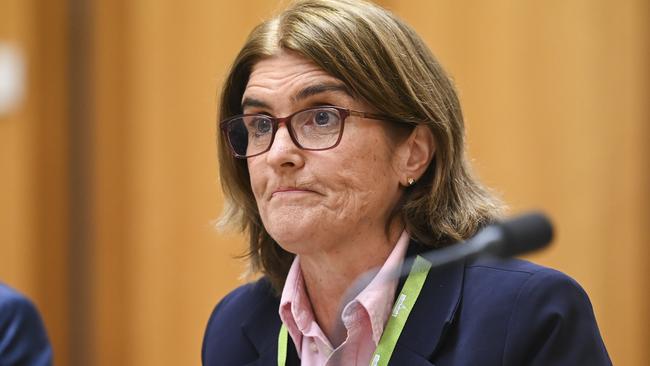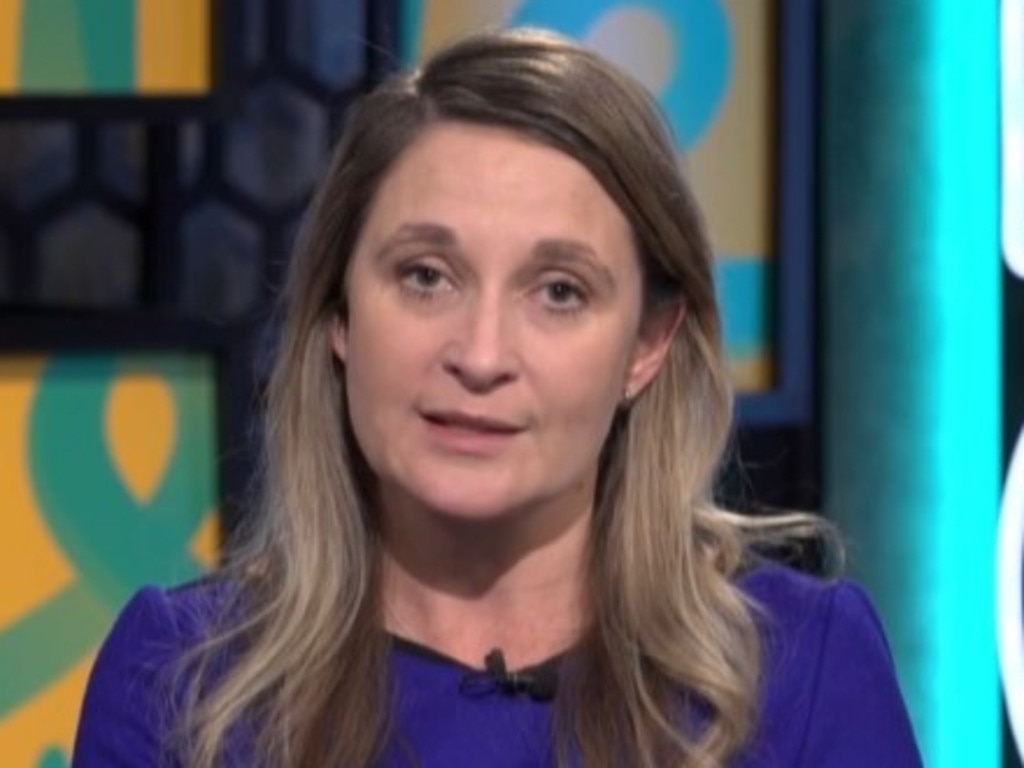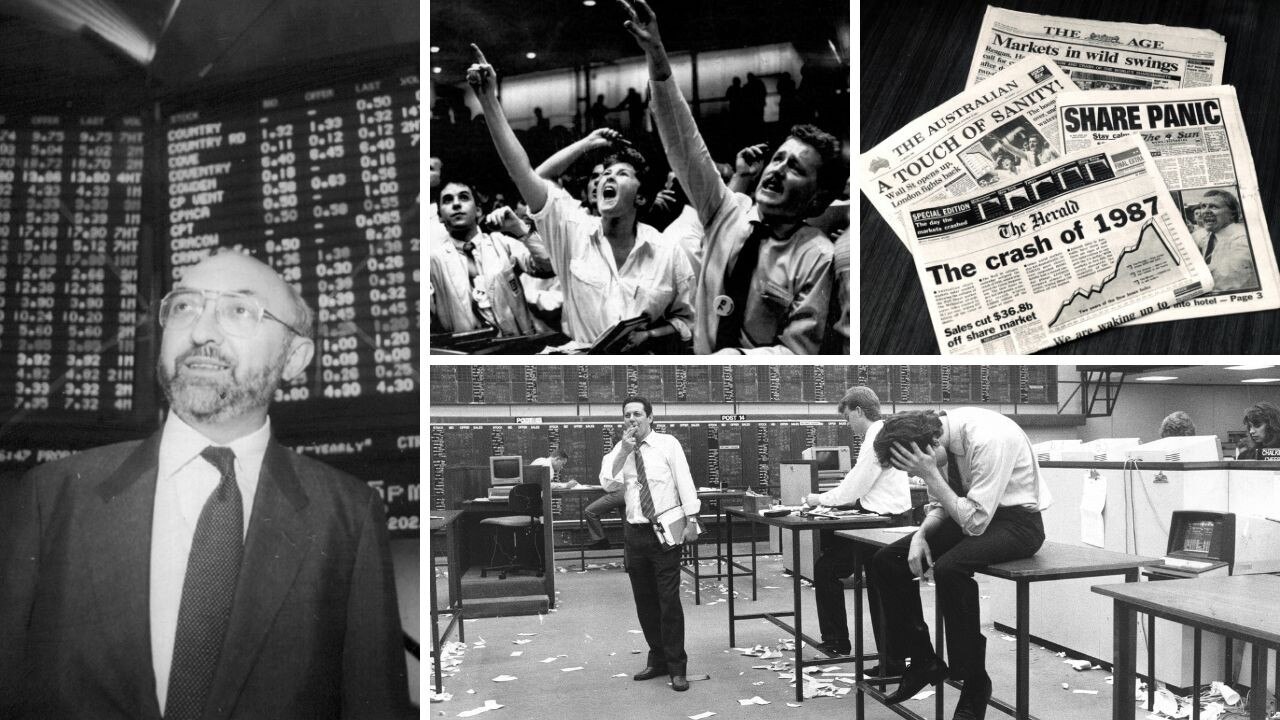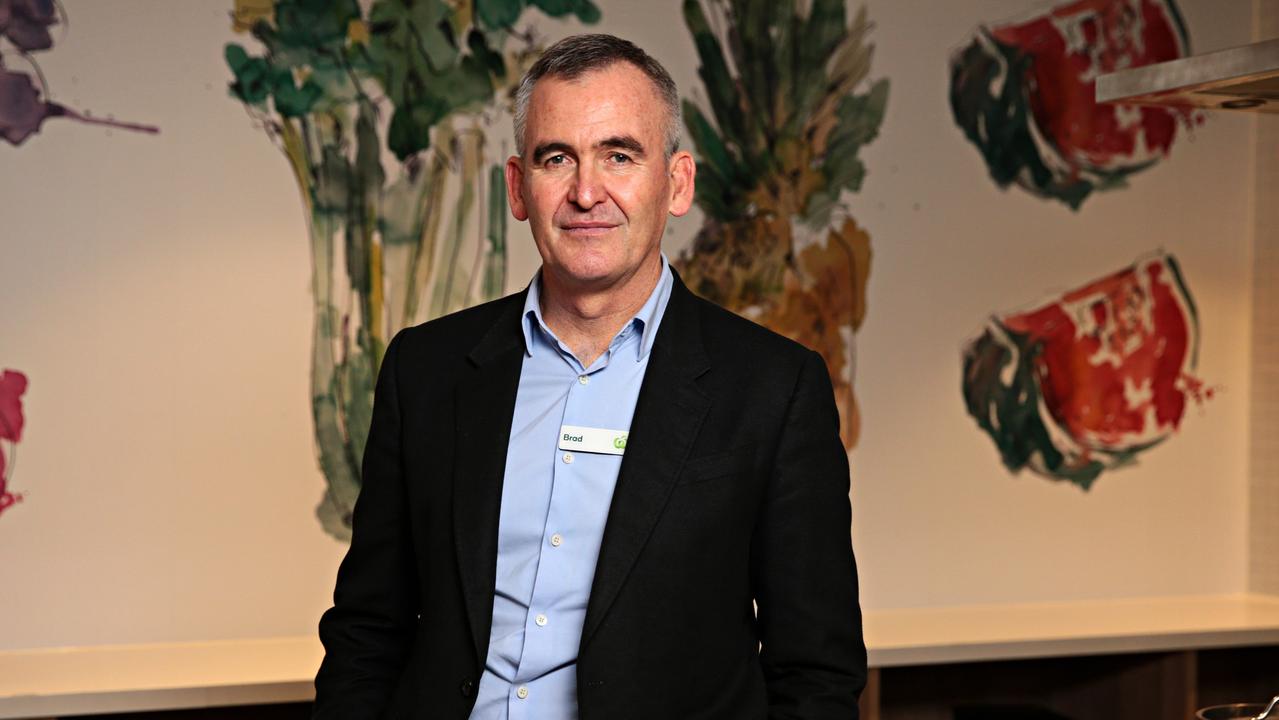Next year we’ll get clarity on how RBA rates votes flow
Next year we’ll be told how the votes have flowed for and against interest rate rises at the RBA, which will pose a challenge for the governor.

Terry McCrann
Don't miss out on the headlines from Terry McCrann. Followed categories will be added to My News.
Two critically important things did not happen after the Reserve Bank governor Michele Bullock’s shocking – if, decidedly not a shock – rate hike announcement, some 40 minutes before the horses jumped in the Melbourne Cup.
The first of these will happen after the RBA’s first meeting back for the 2024 year, in early February. The second will start ‘some time’ later next year.
The first is a press conference – on Tuesday, it would have started some 15 minutes or so After the horses had crossed the line – at which Bullock will, and I am quoting the previous governor Philip Lowe, “explain the decision”.
Hopefully, more importantly, she will be exposed to tough forensic questioning from the media.
Specifically, for example, with this decision, why did the board hike when there had not been a “material deterioration” in the RBA’s forecasts for inflation?
Interestingly also, future rate decision announcements, starting with February, will be made by the (rate-setting) board not the governor alone.
This raises the “interesting’ prospect of Bullock having to “explain” a decision which she does not agree with; if she had been outvoted.
To immediately stress, I am not suggesting that happened on Tuesday. This was unquestionably Bullock’s – and the board’s - decision.
Later next year – after we have actually had the legislation formally establishing the new RBA arrangements that flowed out of the Chalmers-prompted review – we will actually, for the first time ever, also get how the board voted.
The “unattributed vote” – that’s to say, just the outcome, like 8-0 or 5-3, not the individual names. Unless either treasurer Jim Chalmers or the new RBA policy board decided otherwise.
This is very different incidentally and importantly, to both the US Fed and Bank of England where the votes of each member are disclosed.
It could have been very important on Cup Day.
What we got was the suggestion of serene unanimity: “the board this”, “the board that”. With the further inability not to question Bullock at a press conference.
As I noted, running down to Tuesday, Bullock did not have the analytical support and even more importantly the almost certain supporting vote of a deputy. Given the failure of Chalmers to appoint one, still some four months after appointing Bullock Governor.
It would clearly be vitally important information to know whether the board voted 8-0 for the hike.
Or was the vote 5-3? Or indeed, split 4-4, with Bullock having to use her casting vote?
In both the Fed and BoE cases, we not only get the overall vote but that of individual members.
Former governor Ian Macfarlane has been campaigning against the proposed changes, arguing that the three “insiders” – governor, deputy and treasury secretary – could be outvoted by the (proposed) six outsiders.
Happening once, maybe, More than once, and that would really put such a future governor in an impossible position.
That potential is also the case today – made even more potent by the absence right now of a deputy. But it clearly did not happen Tuesday.
Perhaps Bullock could be persuaded to tell us what did happen?
More Coverage
Originally published as Next year we’ll get clarity on how RBA rates votes flow





